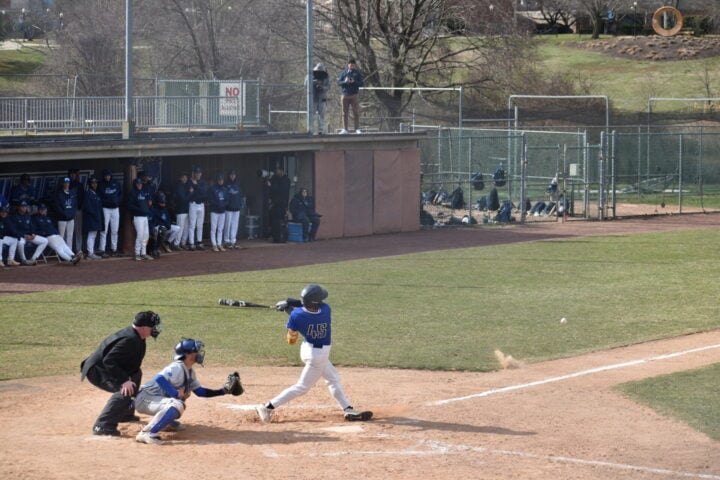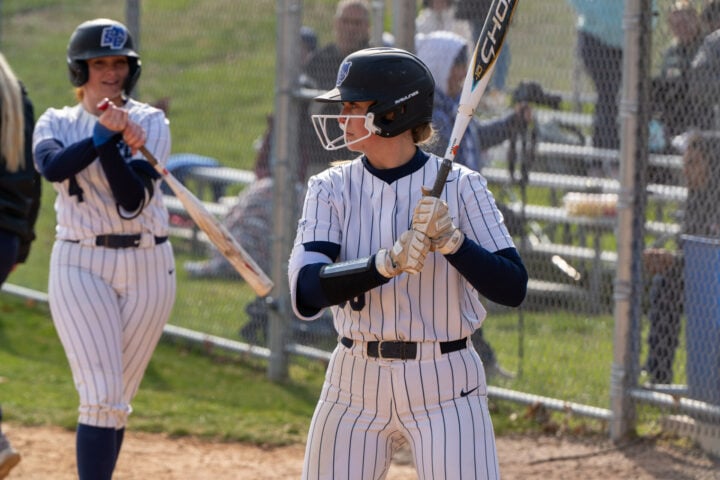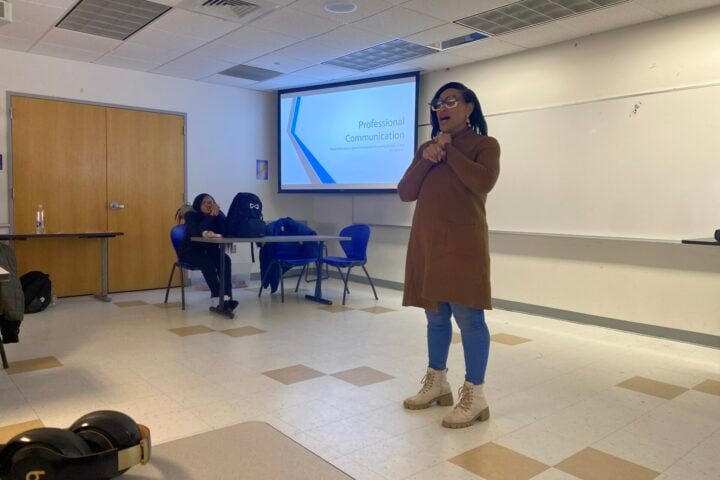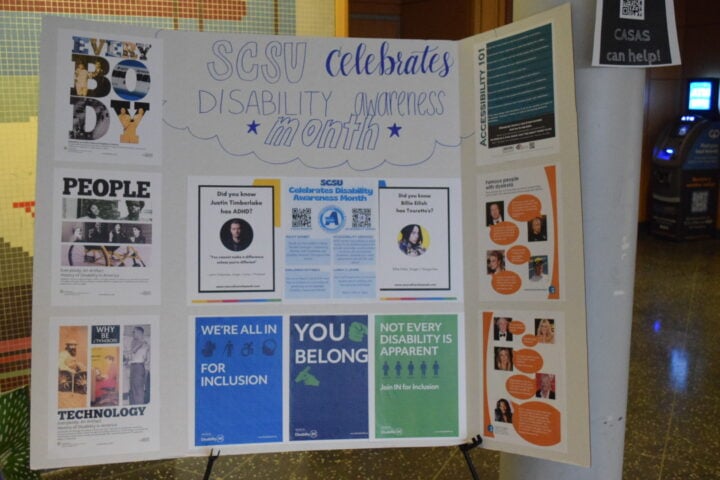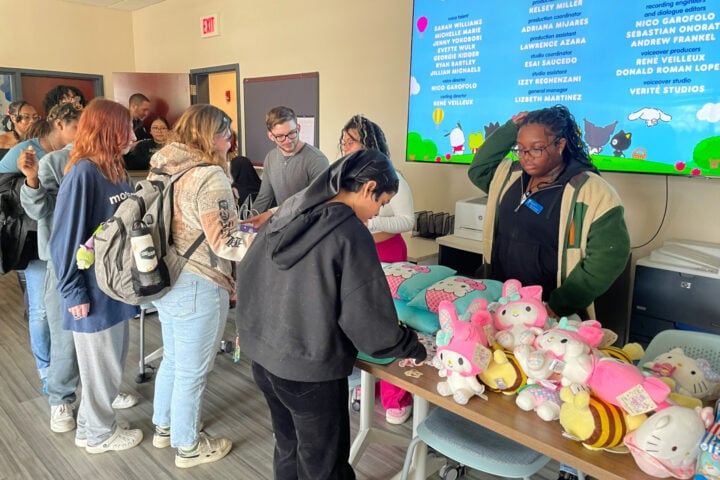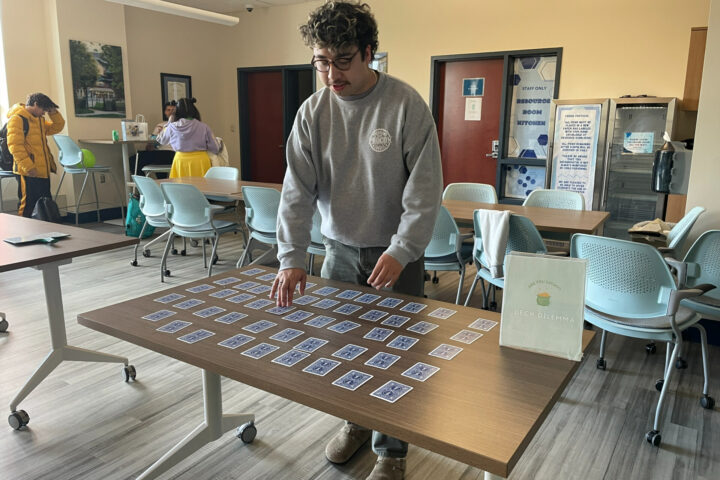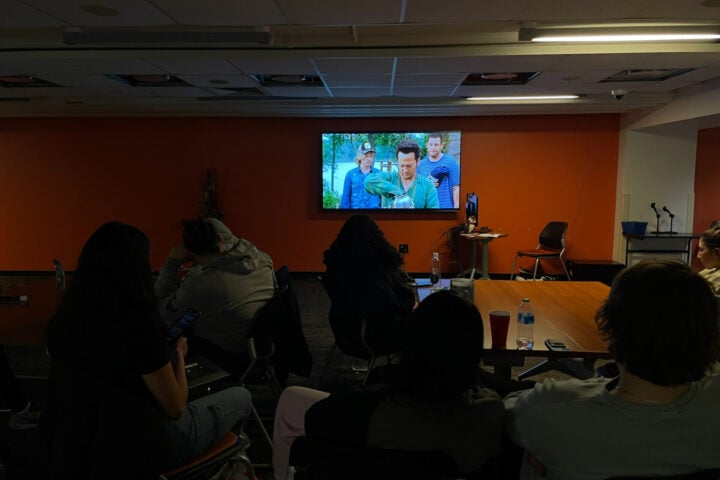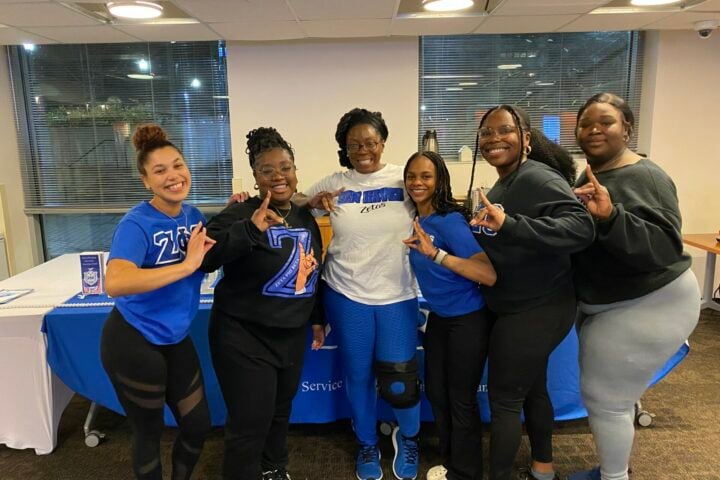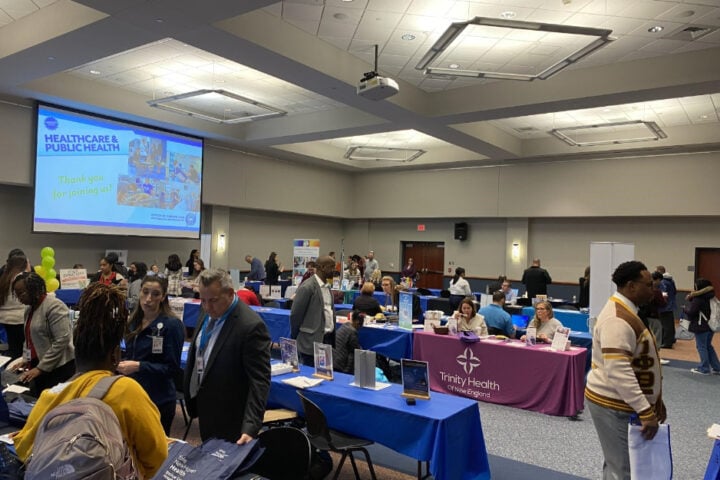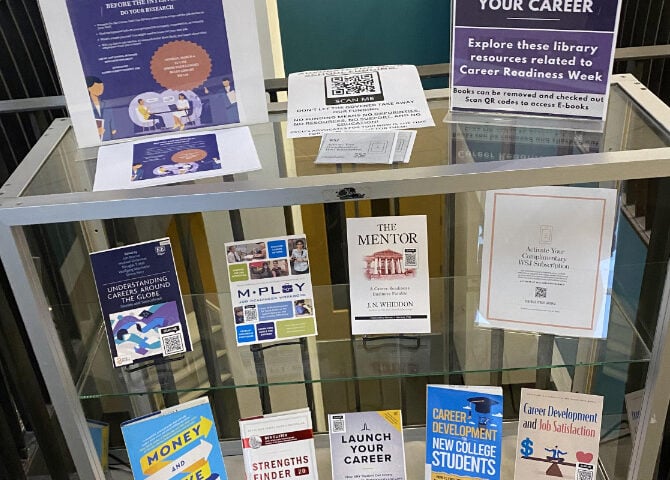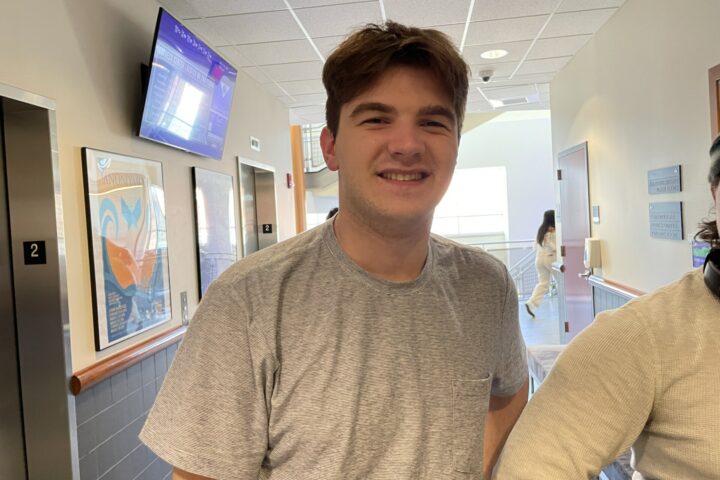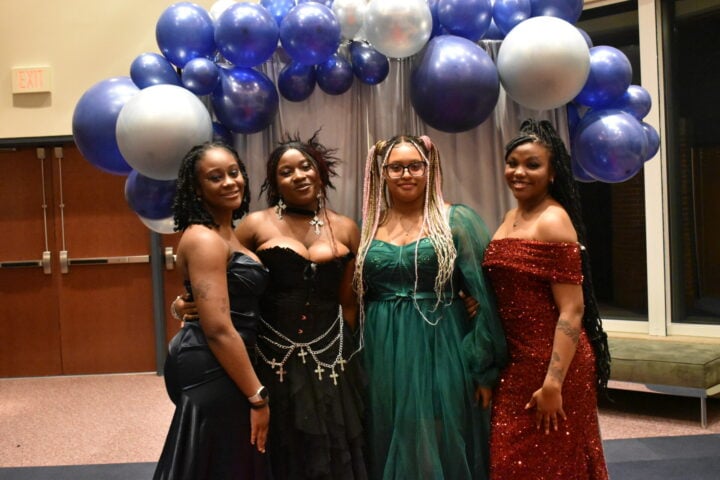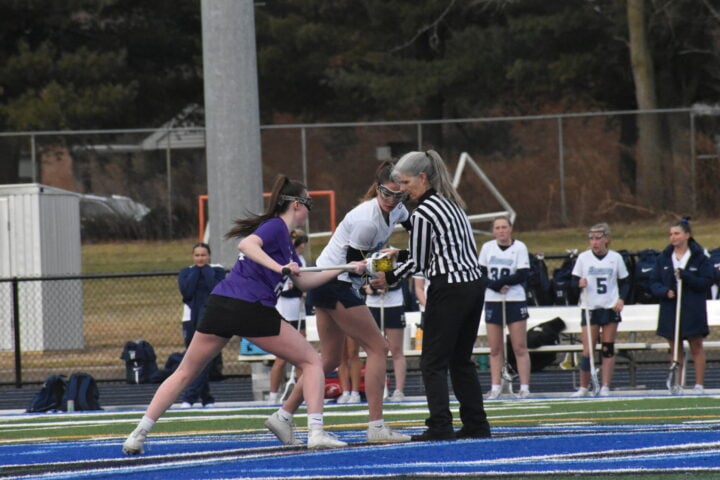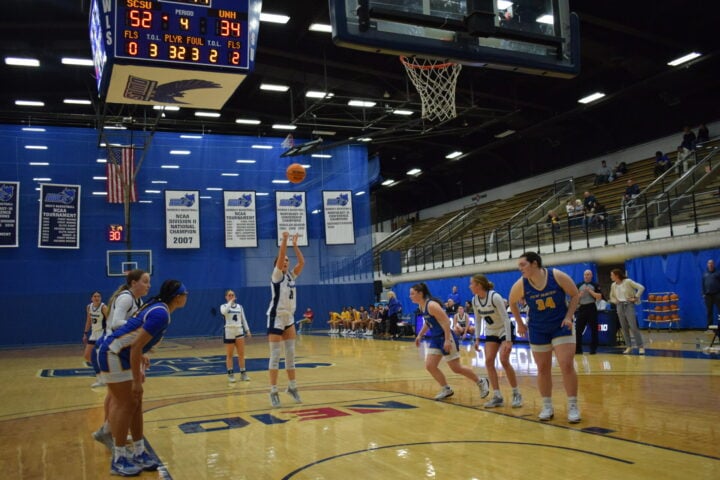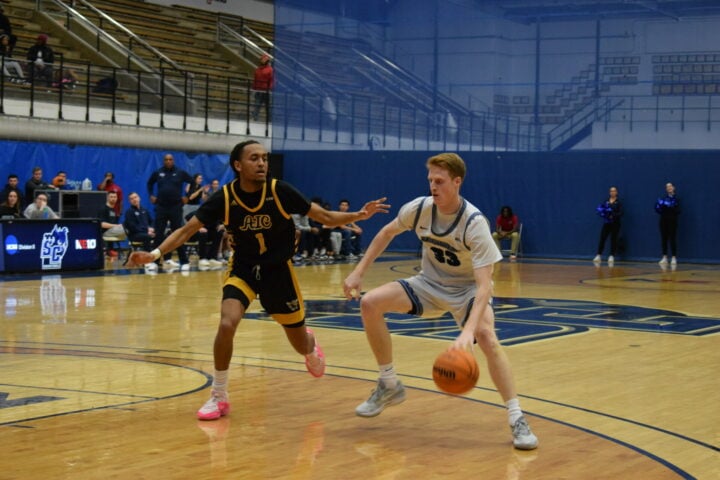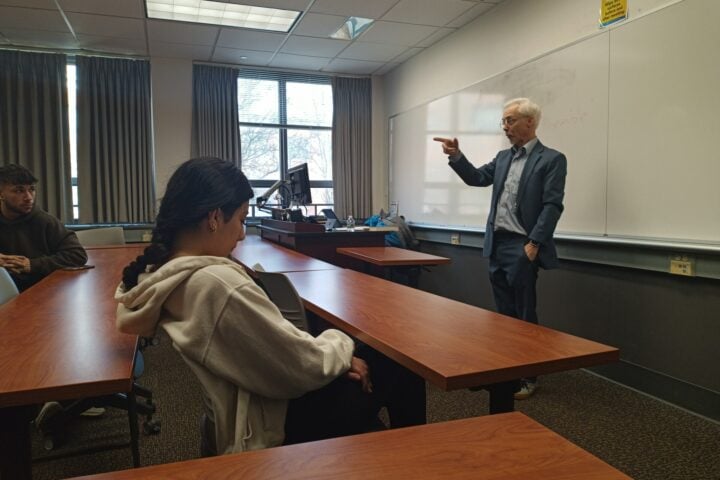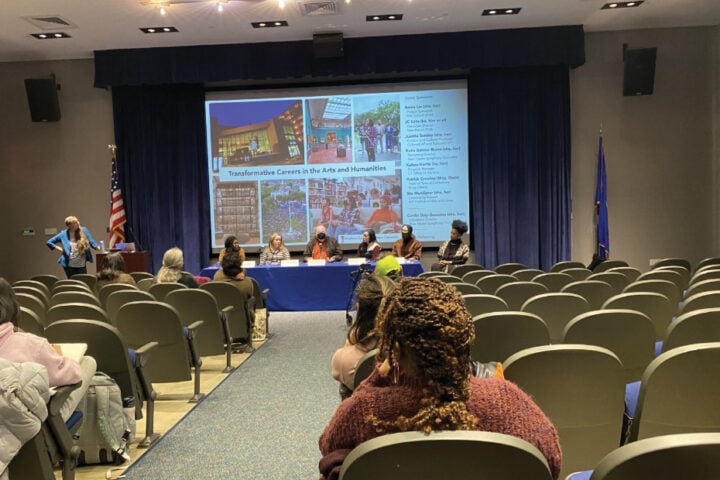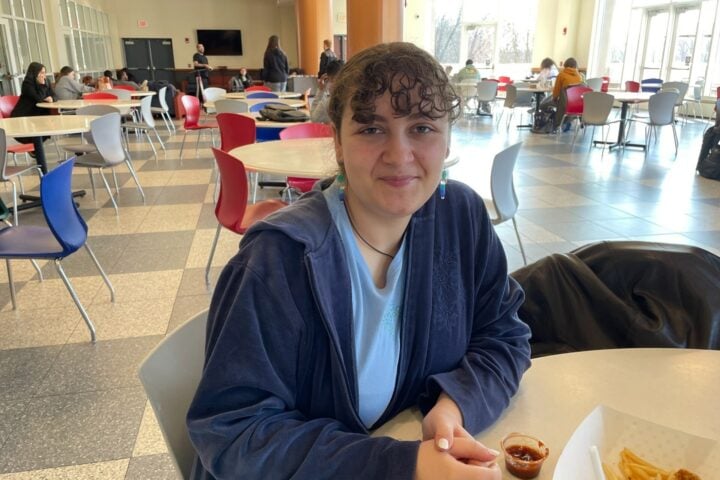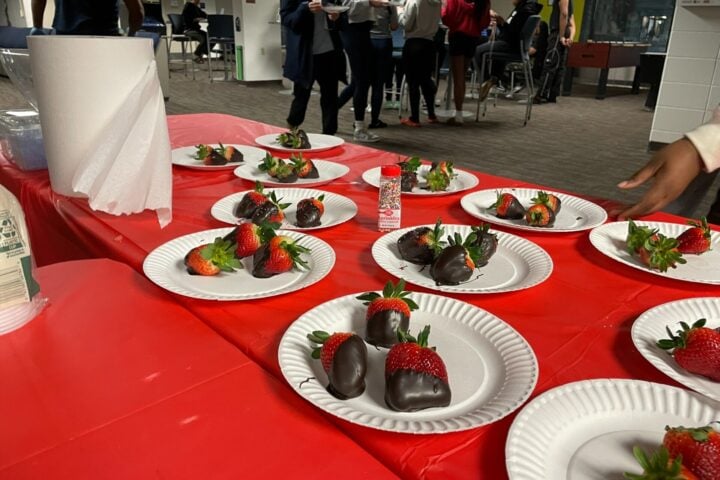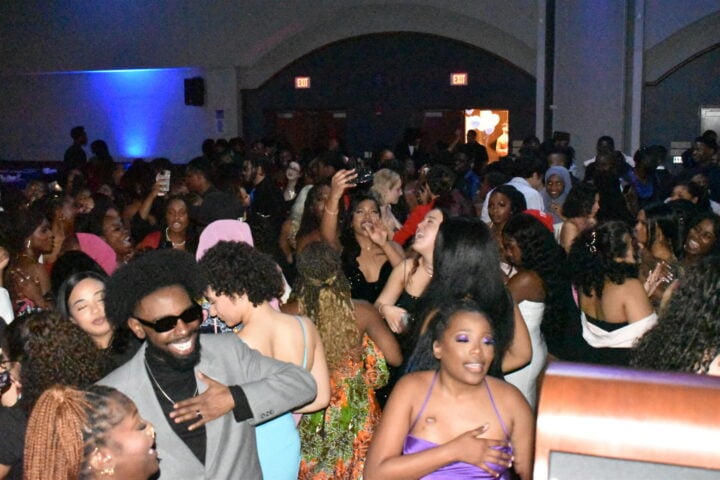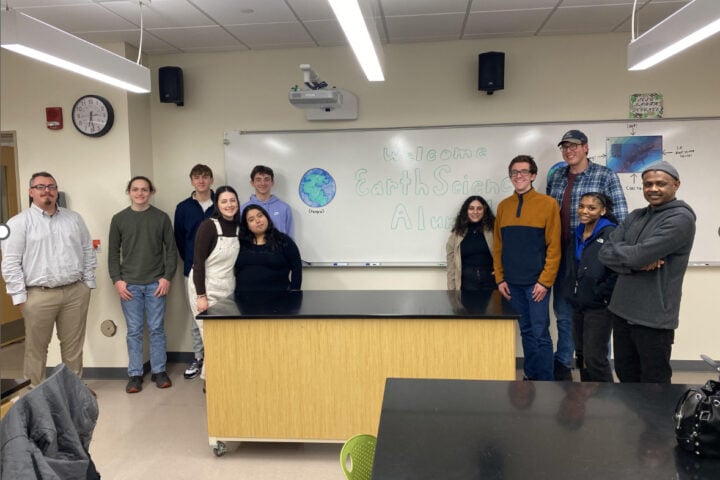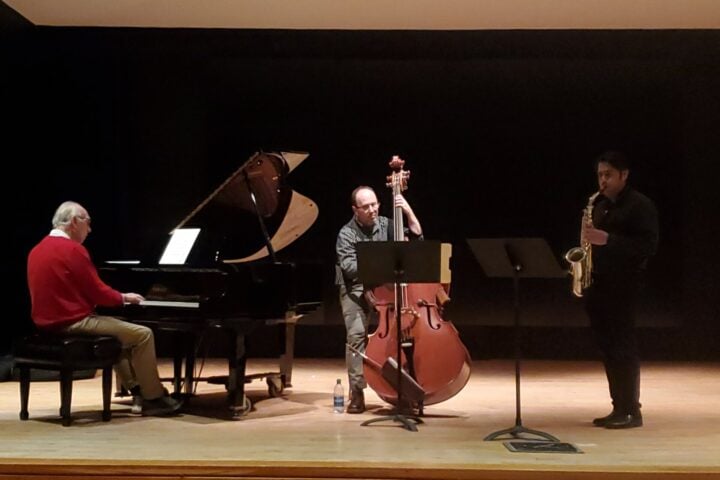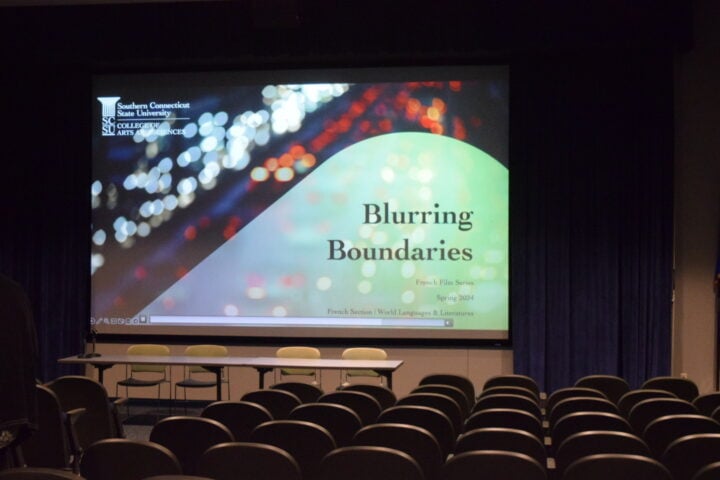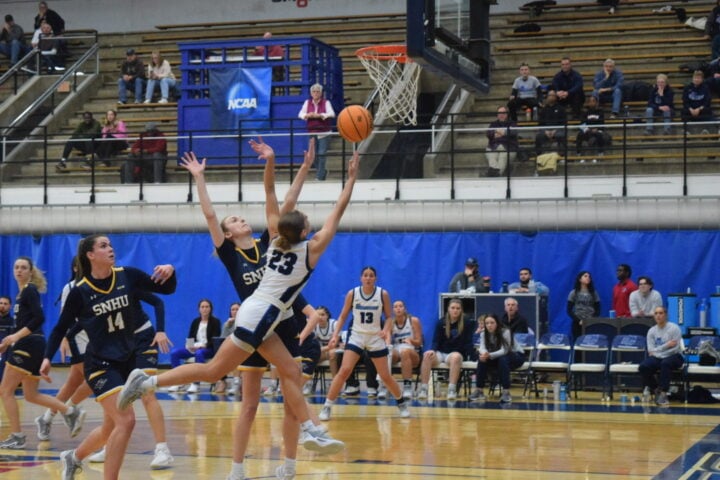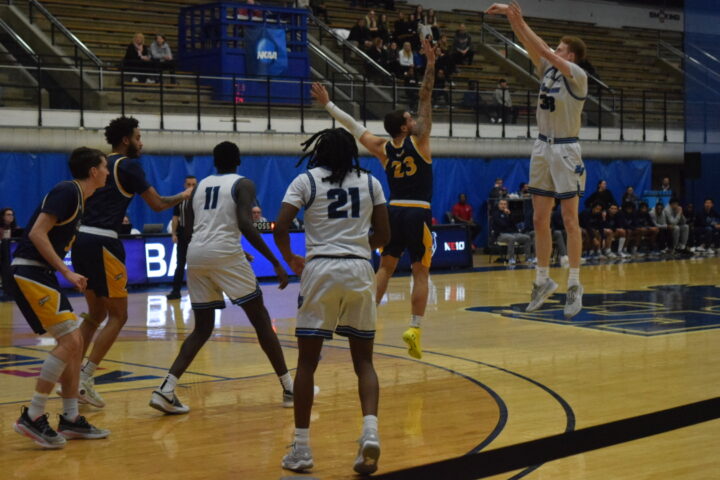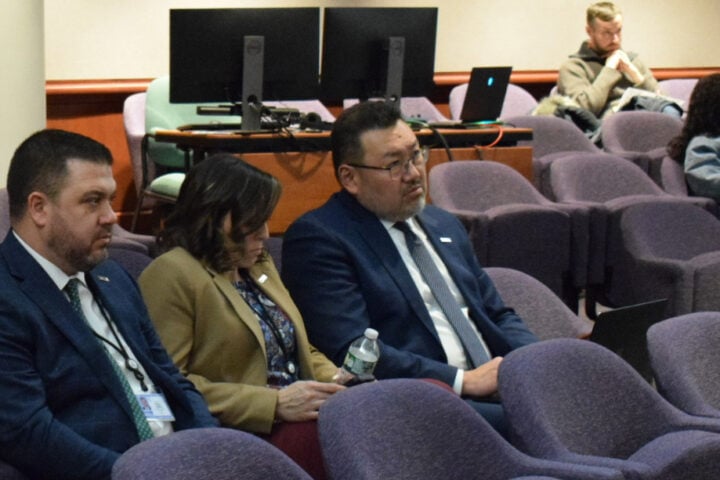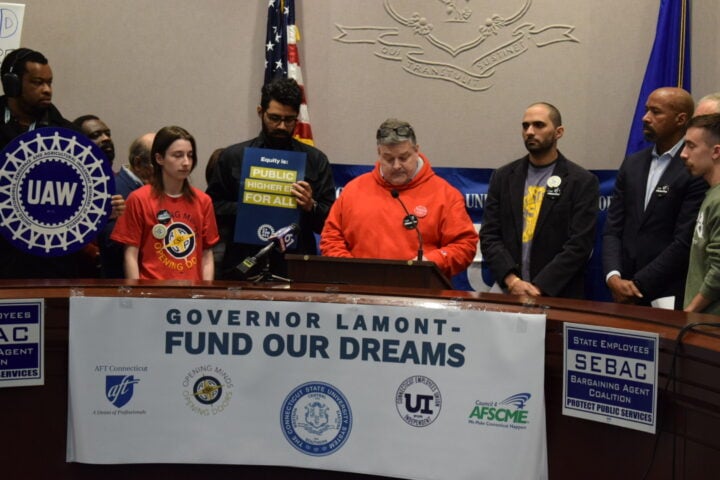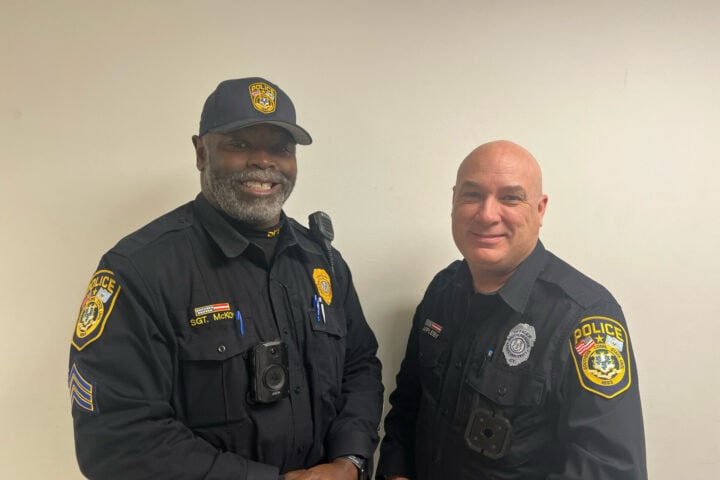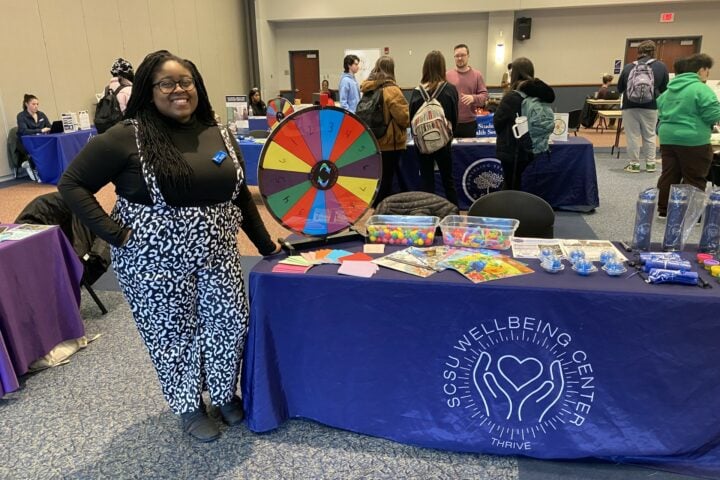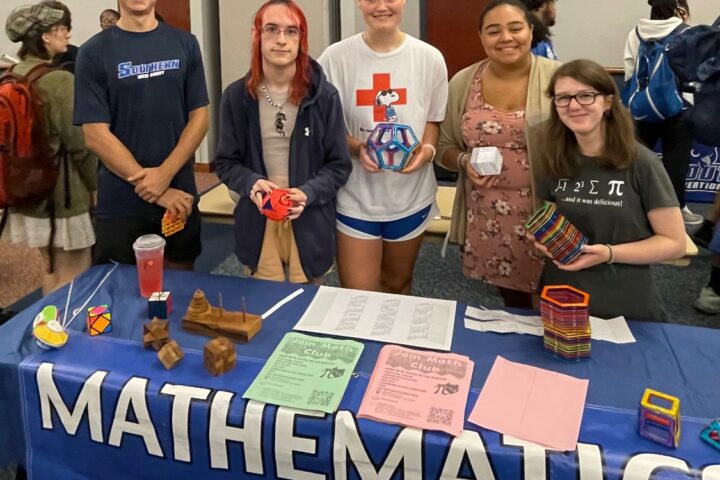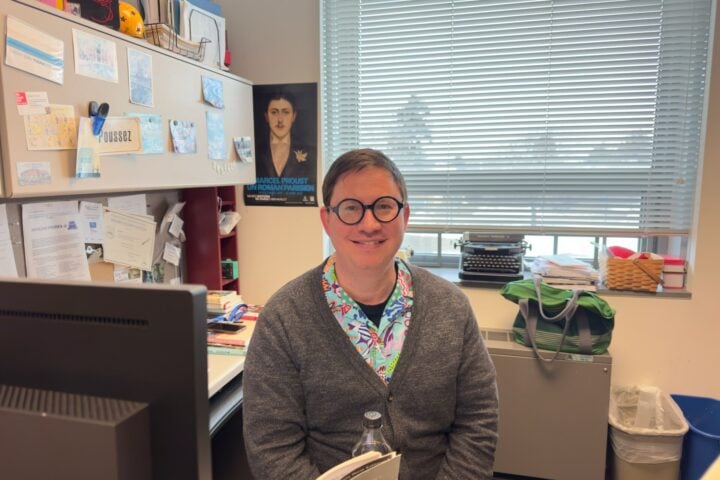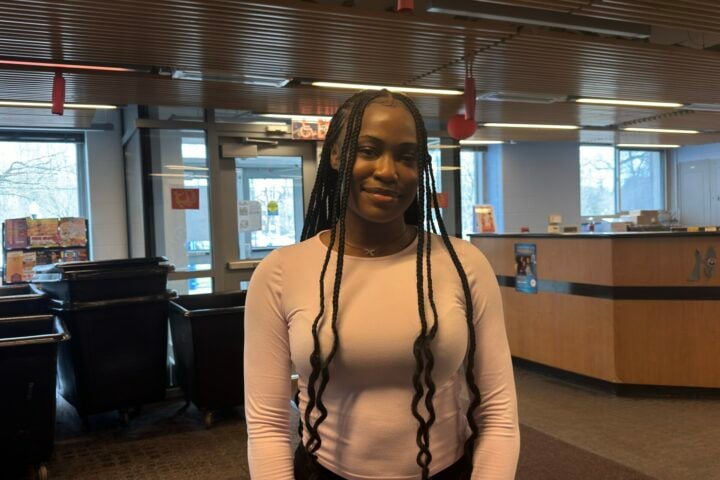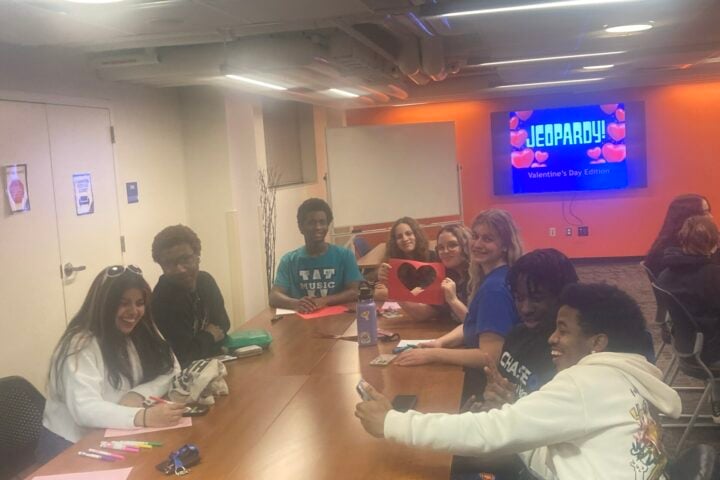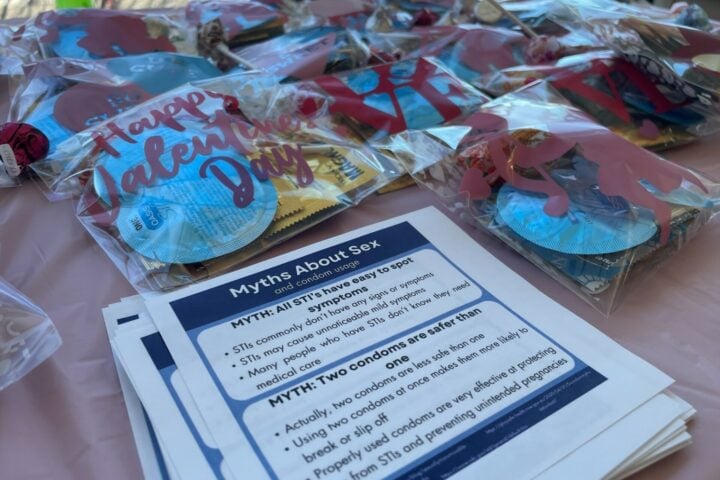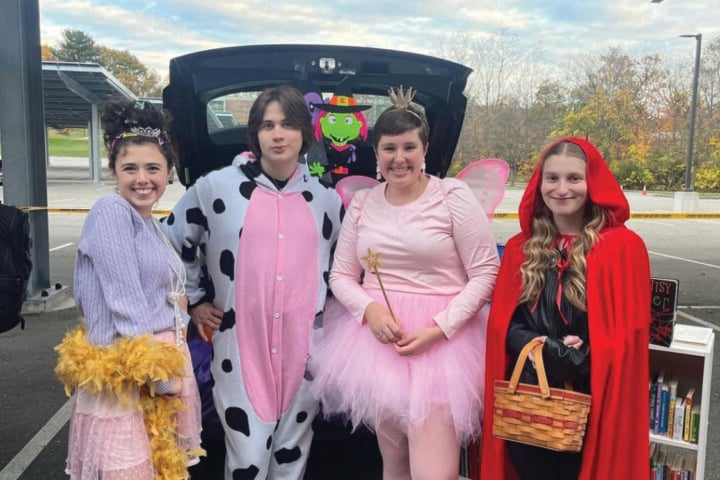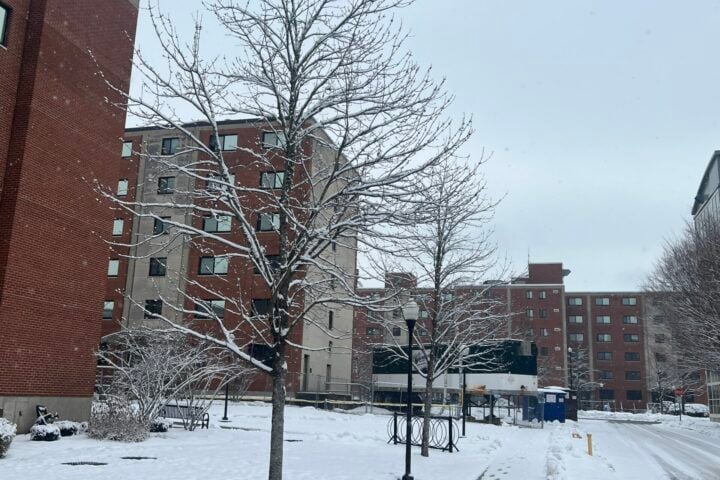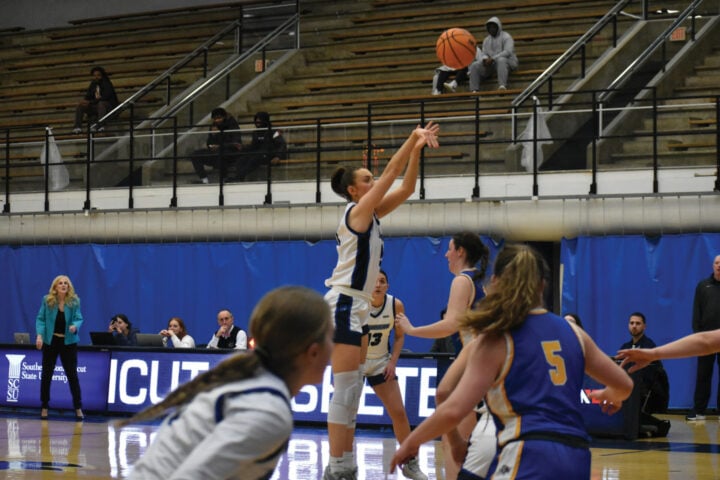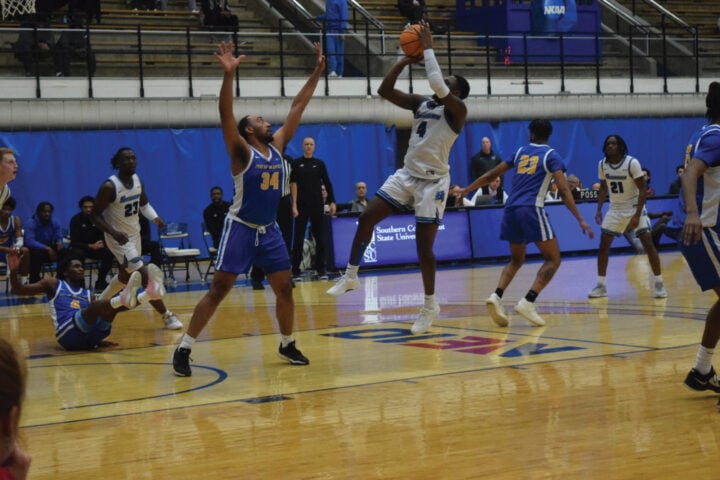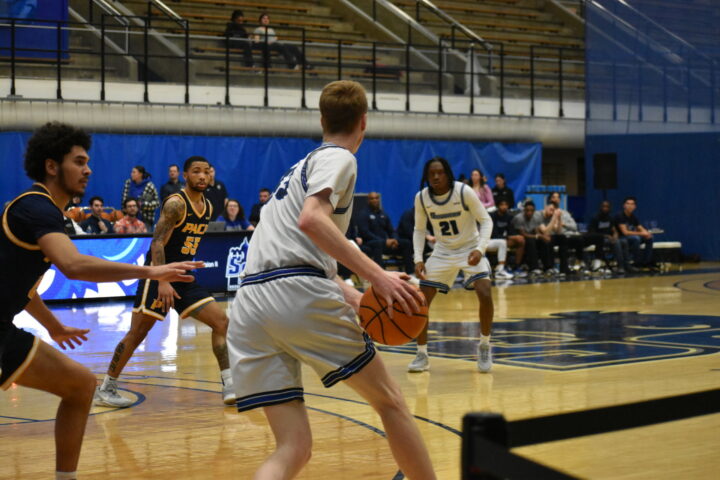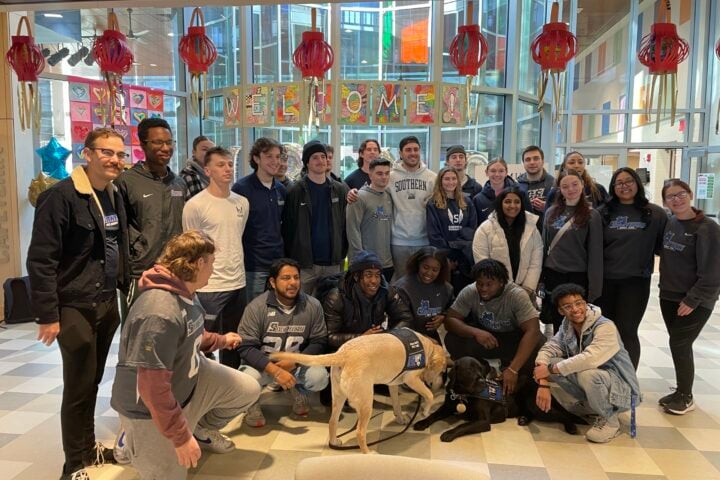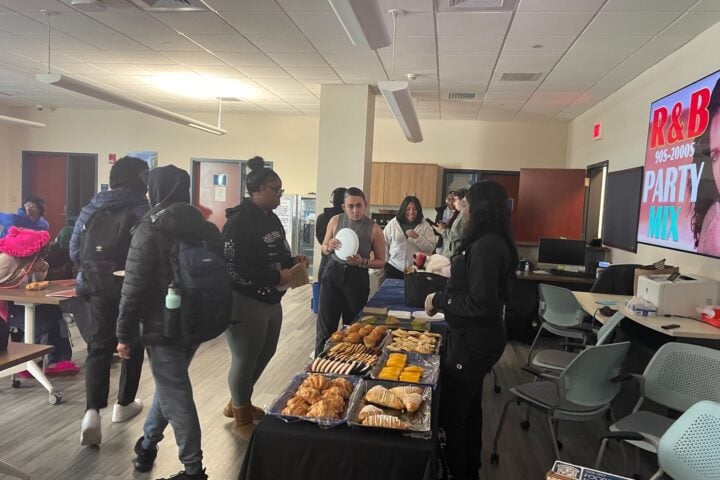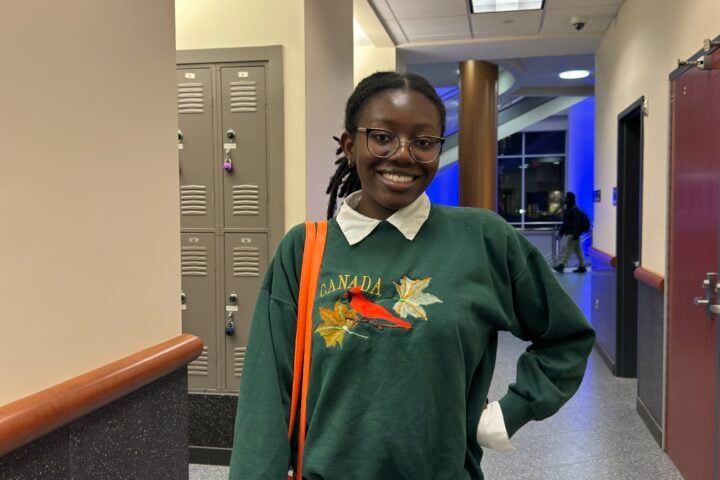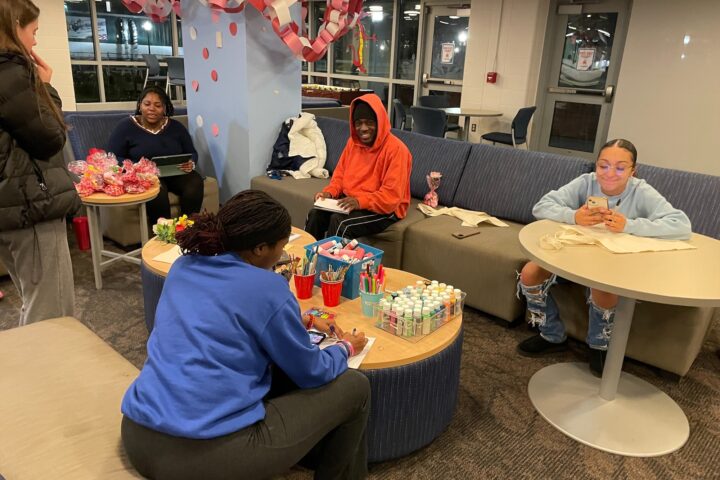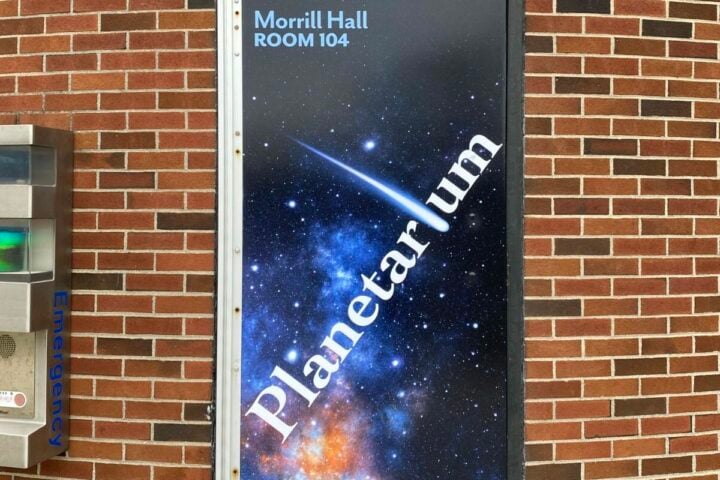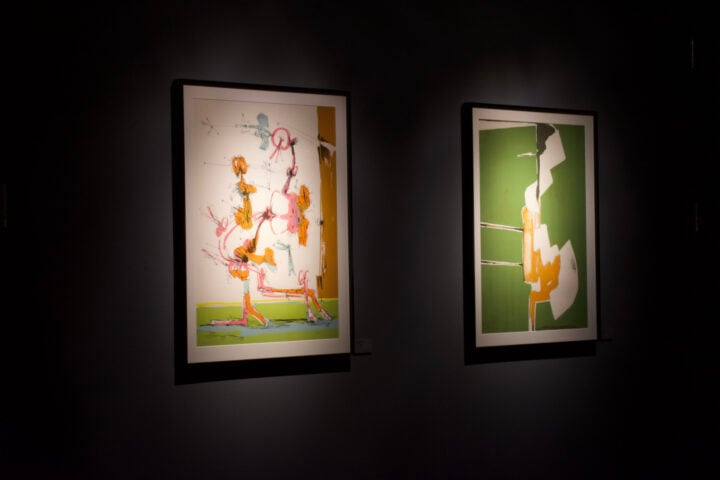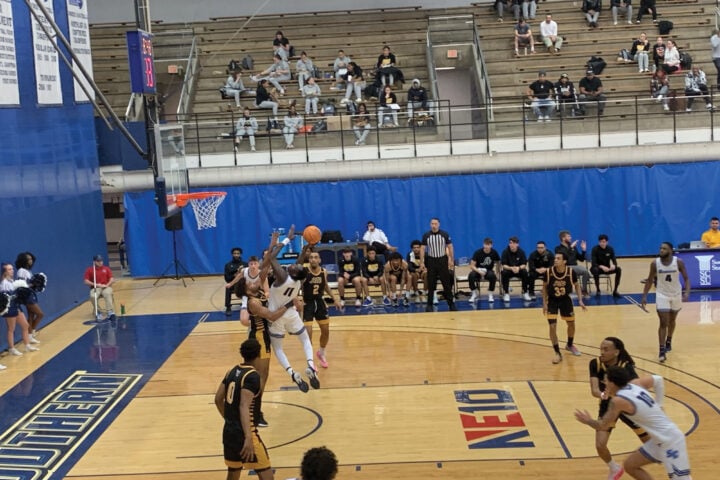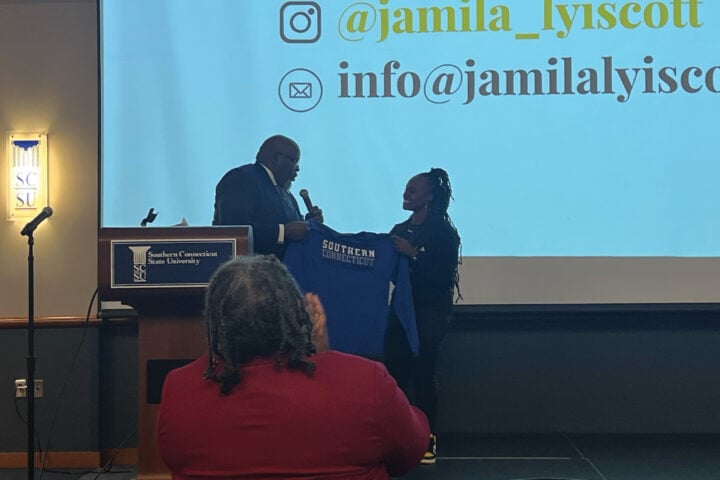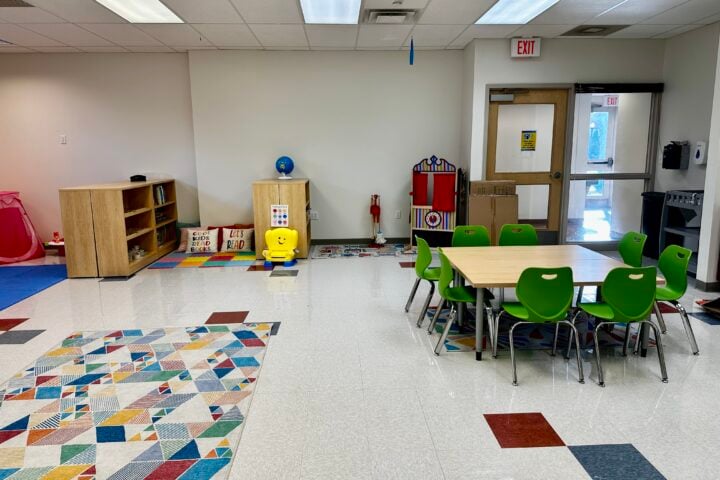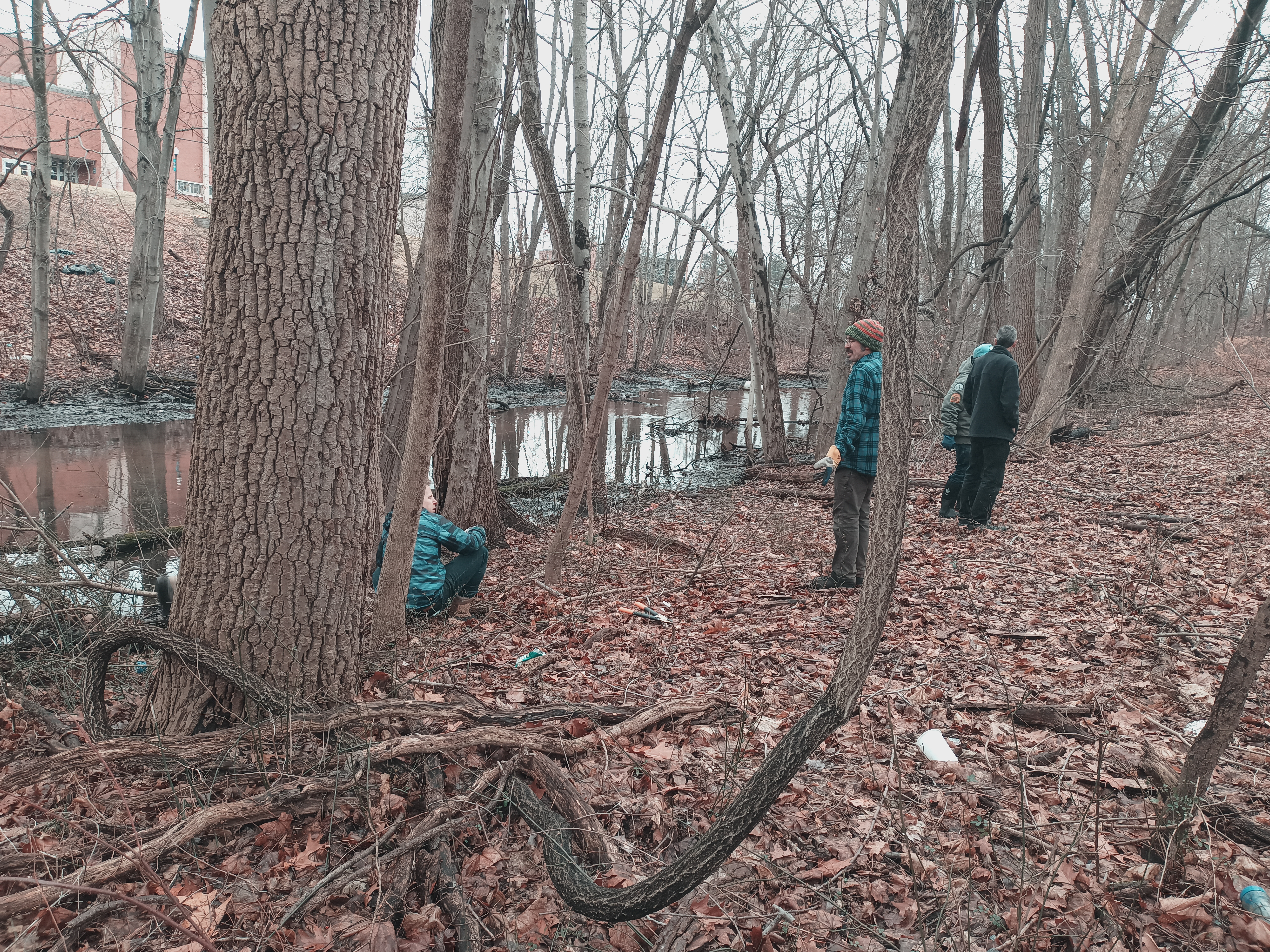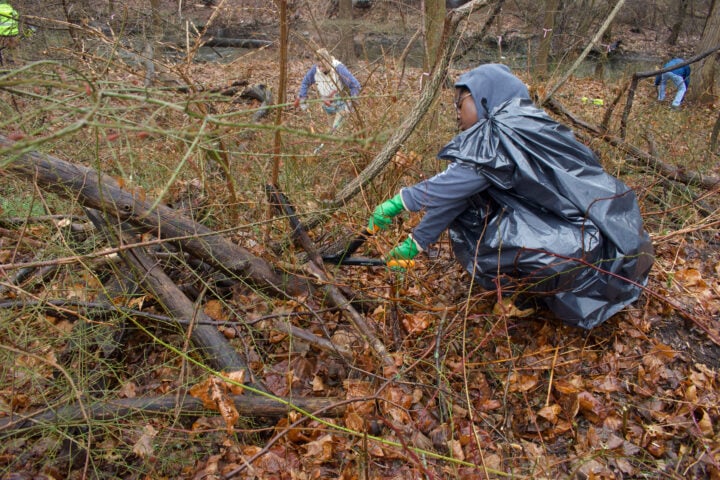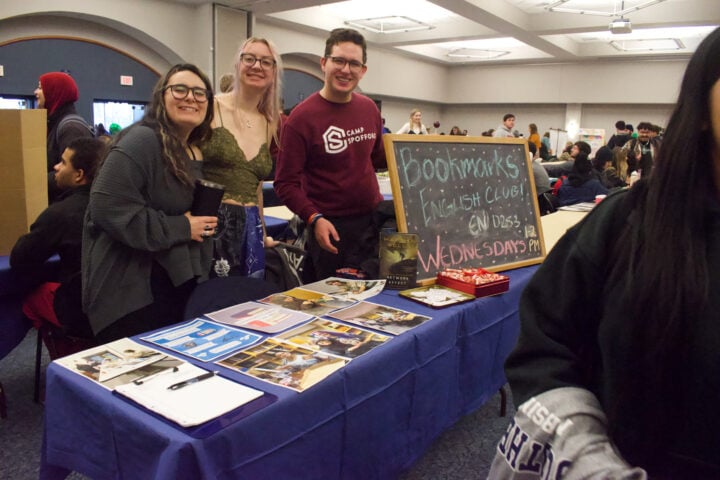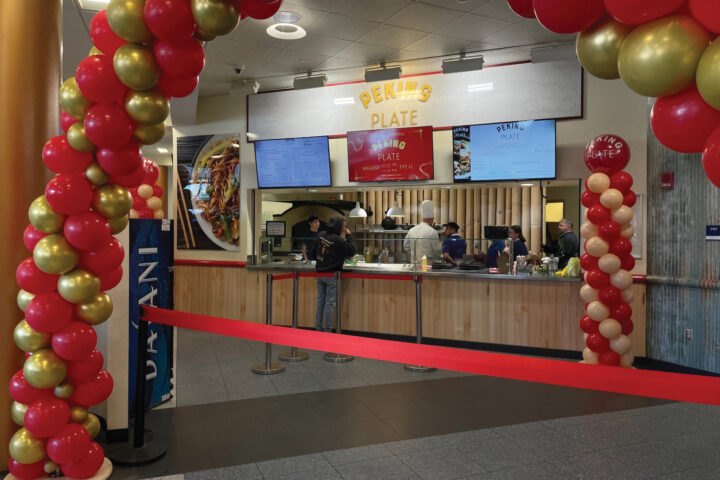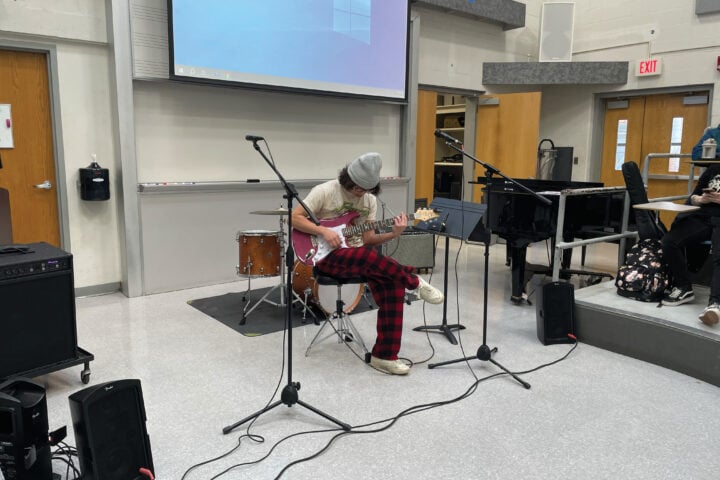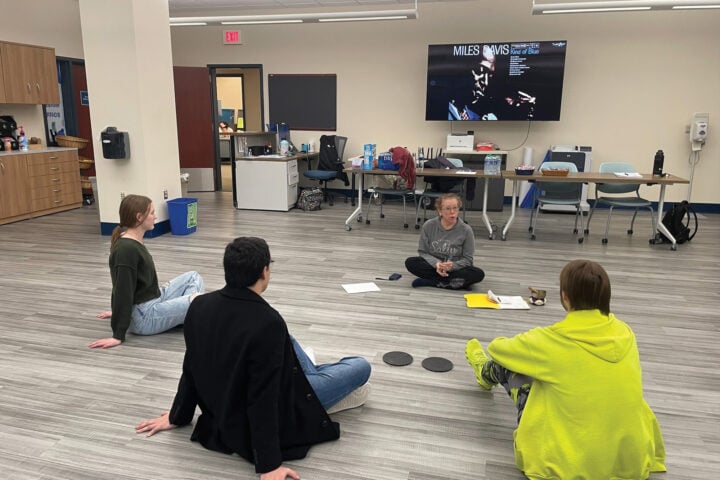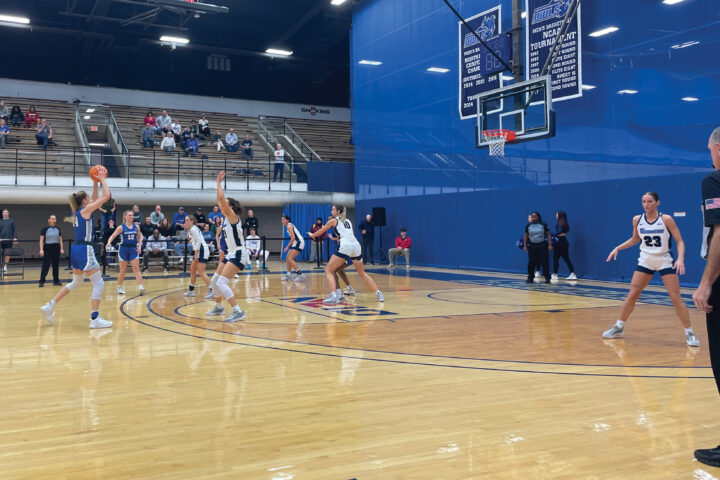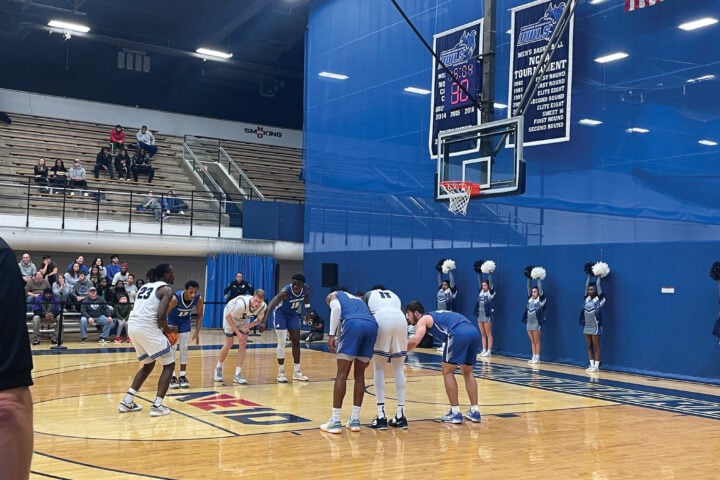Sam Tapper – Editor-in-Chief
Abby Epstein – Managing Editor
Seabury Hall, the Red Bird Buildings, the old Student Center; all buildings on campus that have either been demolished or no longer in use, yet signs still direct foot traffic to them.
Throughout the entire campus sit these blue signs. Some serve the purpose of identifying each building’s name, while others can be found throughout the pathways serving as way finders, whether it be for families on tours or first-year students, the arrows on the signs are supposed to point people in the right direction.
However, as the university continues to develop, some signs do not accomplish this. According to Interim Associate Vice President for Capital Budgeting and Facilities Operations Eric Lessne, who inherited this dilemma from his predecessor Robert Sheeley, there is a plan in place, albeit far off from coming to fruition.
“We have been actively going through a process to update [the signs], and we actually went through a phase one of a new campus signage plan,” Lessne said, “and due to budget constraints, phase one has not been implemented.”
With the university currently dealing with budget concerns due to various pandemic-related causes, the new signage plan has been put on hold, according to Lessne.
“If we go the whole shootin’ match, both the academic and residential side, it could be seven digits,” said Lessne. “It’s quite an extensive proposition. If you think about it – take a look at Engleman Hall. There’s probably 450, 500 signs just in that one building. Just throw a number at it, say they’re $12 apiece without having the whole study completed, I couldn’t fathom a number for you.”
While the inaccuracy can be a problem, Lessne said he “hasn’t heard any complaints” as of yet. Mainly because the most highly occupied buildings that students, faculty and staff need to go to are properly marked, like Engleman Hall, Buley Library and the Adanti Student Center.
However, the Academic Science Building, which opened in 2015, is not labelled on these directional signs. Additionally, the Multicultural Center, which is on the second floor of the Student Center is labeled as same direction as the Science Building and Pelz Gym. And the sign in between Engleman and Morrill Hall still directs people to the old student center, which sits in a vacant, decrepit state by The Ballpark, next to where Seabury Hall once stood before its demolition.
“I thought we did a wayfinding kind of study a few years ago that would’ve affected the approach to signage, but I honestly don’t know what happened to that,” said Vice President for Student Affairs Tracy Tyree, who started in 2013 and was not aware of the signage issues. “But I think it matters a lot. Anybody that’s a visitor to campus should be able to navigate the campus. Seabury Hall, if they didn’t have a reason to look for it, they wouldn’t notice. But the Student Center, you know that’s a building that people might want to find, and if it’s not getting you to the Student Center, that is a huge problem.”
Tyree also said she “had never ever any reference” to the Red Bird Buildings – which were demolished well before Seabury hall – or even seen the sign, which sits right next to Lot 2 where she parks every day. These buildings were located infront of Engleman.
“It is interesting to think about changes,” Tyree said. “When I got here, the Science Building was not built and the Engleman parking lot went much further, it is just interesting to think about the changes.”
Even some of the signs that point to still-functioning buildings are not completely accurate. On the west side of campus, some signs leading to the Wintergreen Building read “Wintergreen Transition Building” while others have “Transition” blacked out.
“I know historically [Wintergreen] was meant to be a temporary building,” said Tyree, “so I’m sure that’s why it’s called a transition building. It was put up to be a short-term facility, which is ironic because about three or four years ago, we invested a million dollars in it to upgrade it, because it was clear it was not a temporary building. That’s an interesting example of time passes. So, it was a temporary building or transition building, and I think that’s about 25 or 30 years ago.”
The Wintergreen Building houses many offices, including the admissions office. Yet, the sign on Farnham Avenue directs those searching for the admissions office away from Wintergreen.
“On the street, those big blocks, they refer to [the admissions office] being where the Alumni House is now,” said English major Chloe Lecy, a senior and a campus tour guide. “I know that’s where admissions used to be, but we’ve moved and they never changed [the sign].”
With the Health and Human Services building scheduled to open in the Fall of 2021 and a new School of Business scheduled to be constructed after, there is added motivation for the signs to be properly updated. Given the current budget, this is not possible in the immediate future, according to Lessne.
“It would be a good thing to have wayfinding for them, if we could get the budget, it would be advantageous to have the arrows pointing all in the right direction,” Lessne said. “Unfortunately, we’re stuck in a spot right now where everyone is treading water financially we’re taking care of the things that are absolutely necessary at this point.”





















